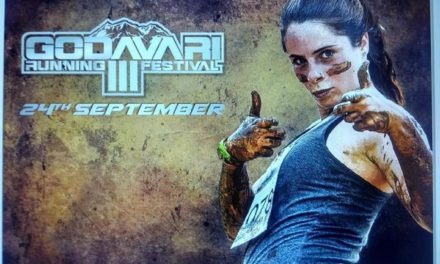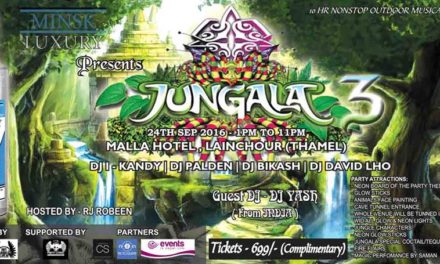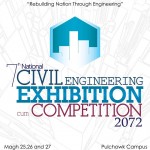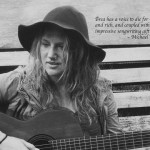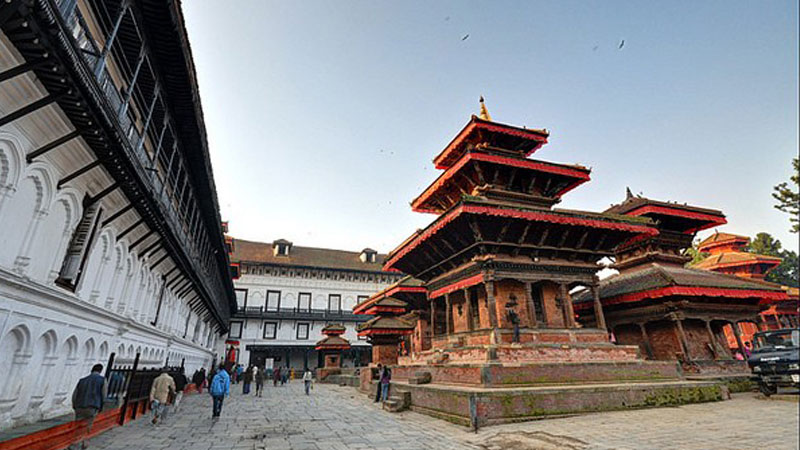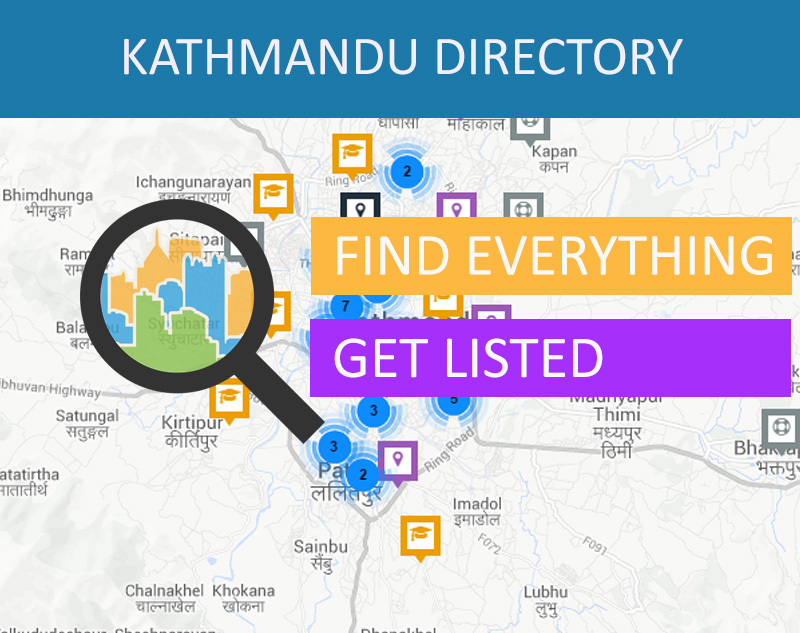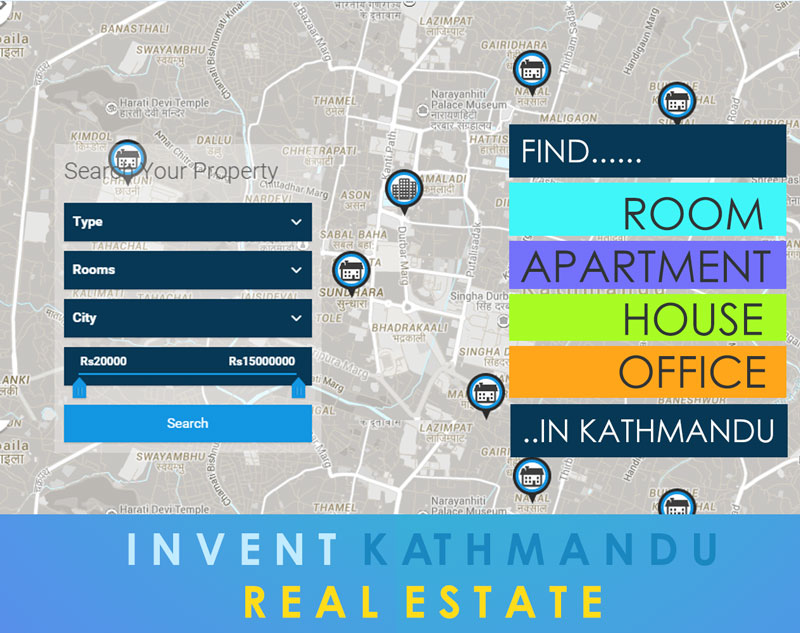
Durbar Square
In Nepali, ‘durbar’ means ‘palace’. And, though the Nepali royal family moved from the palace on Durbar Square (called the Hanuman Dhoka) about a century ago, this remains the tourist heart of Kathmandu. Most visitors are surprised by the sheer number of temples surrounding the square, and the two adjoining squares, some of which date back to the 12th century.The jewels in the crown are the Hanuman Dhoka itself (the complex of royal palaces), the magnificent Taleju Temple (built in 1564 by Mahendra Malla, standing on a 12-stage plinth, and reaching 35 metres in height), the Kumari Bahal (an intricately carved three-storey structure built in 1757 in which the ‘living godess’, a young girl selected from the Kathmandu valley, still lives), the Kasthamandap (aka the ‘Pavillion of wood’, the building after which Kathmandu was named and which, legend has it, was constructed using a single sal tree), and the Maju Deval (a triple-roofed Shiva temple dating from 1690, built by the mother of Bhaktapur’s king Bhupatindra Malla).
Durbar Square is found to the west of Kathmandu’s recreation ground and the south-west of the Royal Palace.

